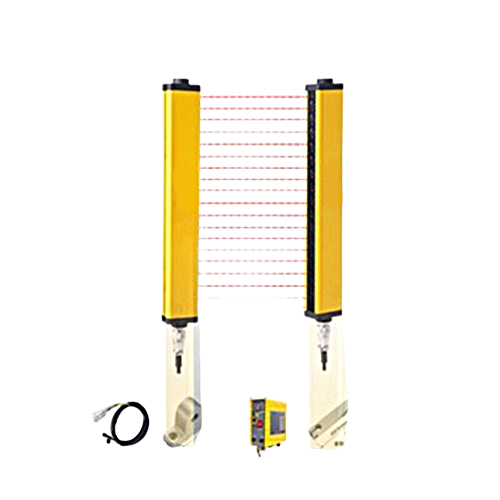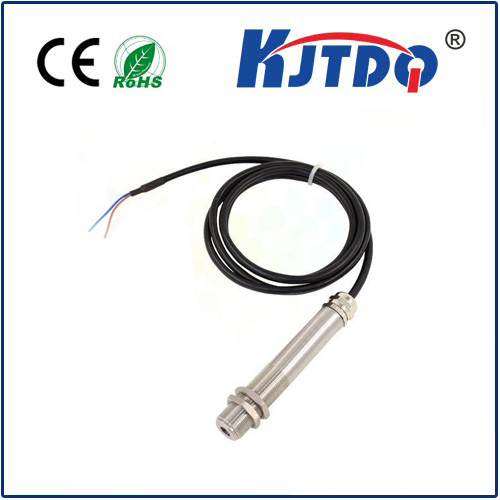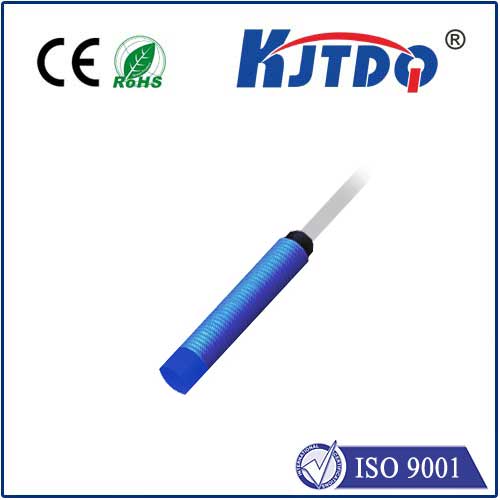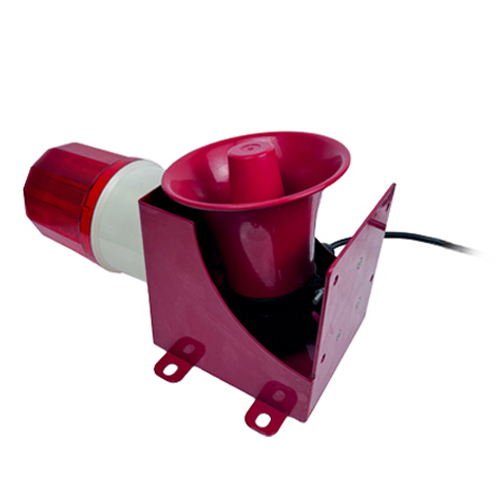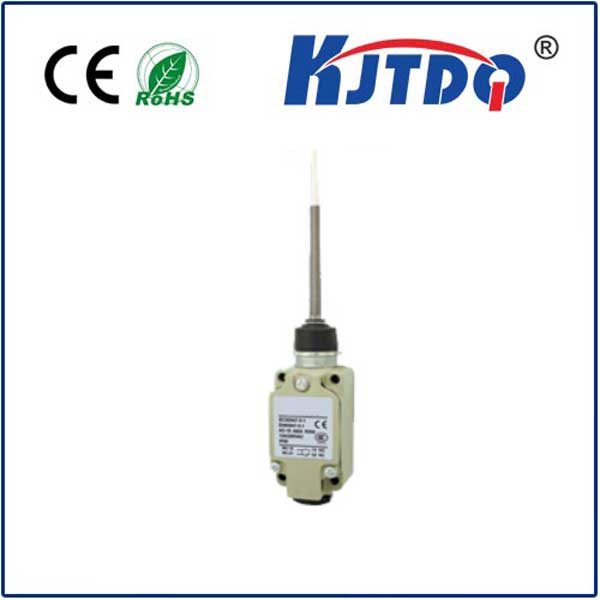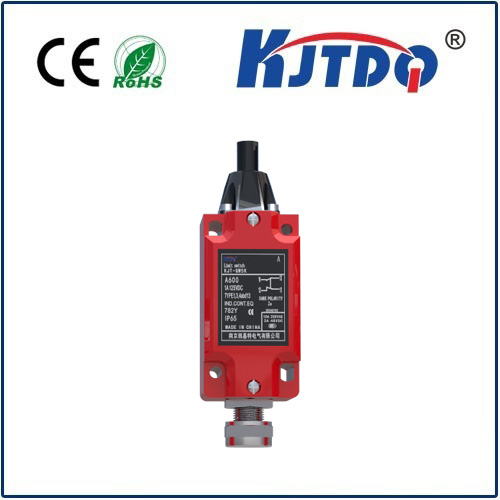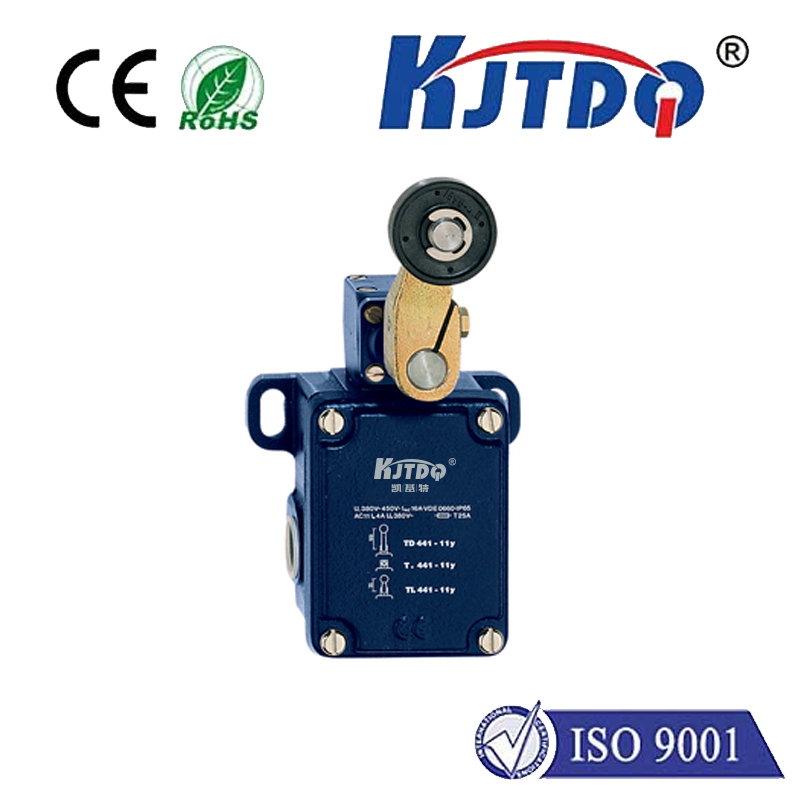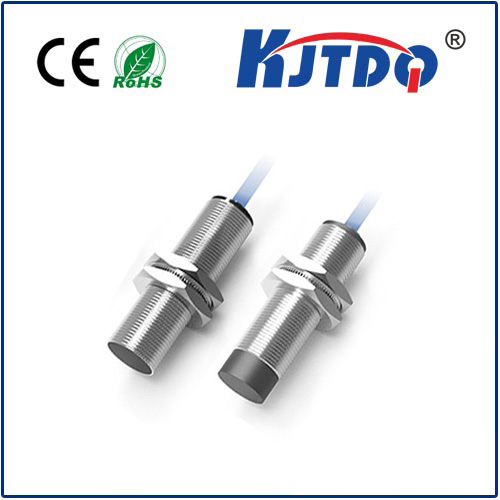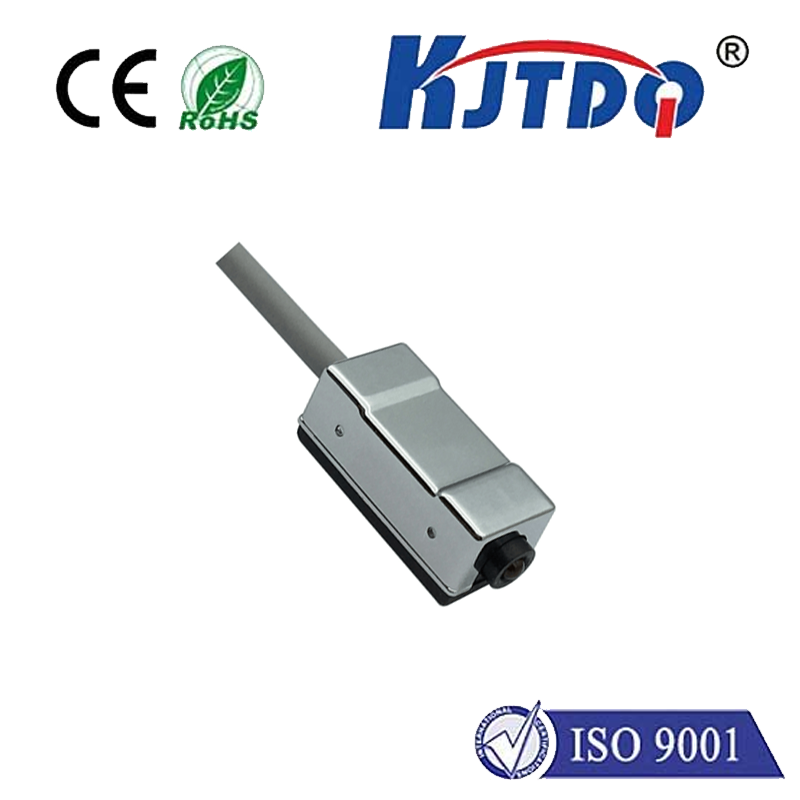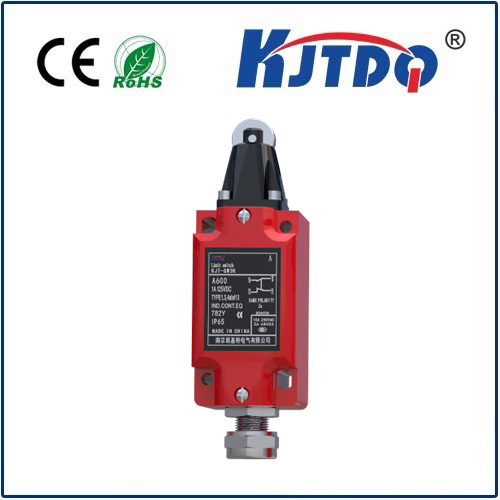ip67 Ограниченный переключатель
- time:2025-08-01 09:14:00
- Нажмите:0
IP67 Limit Switches: The Ultimate Defense for Harsh Environment Automation
Imagine a critical piece of equipment on a factory floor suddenly failing. Production grinds to a halt. Diagnosing the issue reveals the culprit: a standard limit switch choked by fine metal dust. Or picture a conveyor system in a food processing plant locking up after a routine washdown because moisture seeped into its position sensors. These scenarios represent costly downtime and preventable headaches that plague industries reliant on automation in demanding settings. The solution? Engineered resilience, specifically embodied by the IP67 limit switch. This isn’t just another component; it’s a dedicated guardian designed to thrive where ordinary switches falter.
Demystifying the IP Code: What Does IP67 Really Mean?
The “IP” in IP67 stands for “Ingress Protection,” an internationally recognized standard (IEC 60529) defining a device’s resistance against solids and liquids. It’s a two-digit code:
- First Digit (Solids - Dust): The “6” represents the highest level of protection against solid particles. It signifies the switch enclosure is dust-tight. No harmful quantities of dust can penetrate, even under prolonged exposure, ensuring reliable operation in foundries, woodshops, cement plants, or any dusty environment.
- Second Digit (Liquids - Water): The “7” indicates protection against the effects of temporary immersion in water. Specifically, an IP67 rated switch can withstand immersion in water up to 1 meter depth for 30 minutes without harmful ingress. This makes it suitable for applications exposed to heavy splashing, intense washdowns (common in food & beverage or pharmaceuticals), temporary flooding, or outdoor weather conditions where rain is a constant factor.
Where IP67 Limit Swifts Shine: Conquering Harsh Realities

These switches aren’t designed for lab environments; they’re built for the frontline of demanding industries:
- Material Handling & Logistics: In bustling warehouses and distribution centers, conveyors are constantly moving goods. IP67 switches reliably detect package positions, pallet heights, or gate closures, enduring dust from cardboard, impacts, and occasional spills without missing a beat. They ensure the smooth, uninterrupted flow crucial to modern logistics.
- Construction & Heavy Machinery: Bulldozers, excavators, and cranes operate in the dirtiest, wettest conditions imaginable – mud, driving rain, abrasive dust. IP67 limit switches monitor boom angles, implement positions, and safety interlocks on these giants, providing critical feedback even when completely covered in muck or submerged in puddles.
- Сельское хозяйство: Farm equipment faces dust storms, fertilizer residue, rain, and mud. IP67 switches control functions on tractors, harvesters, and irrigation systems, sensing positions reliably amidst the elements that define agricultural work.
- Food & Beverage Processing: Hygiene is paramount. Production areas undergo frequent, high-pressure, high-temperature washdowns using caustic chemicals. IP67 limit switches are essential here, resisting water jets, steam, and cleaning agents while detecting container positions, fill levels, or door closures on bottling lines, mixers, and packaging machines. They prevent contamination-sensitive downtime.
- Mining & Quarrying: Perhaps the most punishing environments, filled with fine, abrasive dust, constant vibration, and potential water exposure in mines. IP67 switches monitor crusher positions, conveyor belt alignment, and safety gates, offering indispensable reliability where failure means significant operational risk and cost.
The Tangible Benefits: Why Choose IP67?
The investment in IP67-rated limit switches delivers concrete advantages:
- Unmatched Reliability & Uptime: By virtually eliminating failures caused by dust and water ingress, these switches drastically reduce unscheduled downtime. Production lines keep moving, machinery stays operational, and maintenance schedules become predictable.
- Повышение безопасности: In critical applications (e.g., emergency stops, gate interlocks on heavy machinery), switch failure can have severe consequences. IP67 reliability ensures safety functions work when needed most, protecting personnel and equipment.
- Reduced Maintenance Costs: Sealed against contaminants, IP67 switches require far less frequent cleaning, inspection, and replacement compared to lower-rated counterparts. This translates into lower long-term operational costs and less labor dedicated to upkeep.
- Longer Service Life: Protected from the elements that cause corrosion, short circuits, and mechanical wear in standard switches, IP67 models naturally offer an extended operational lifespan, delivering greater value over time.
- Operational Flexibility: Their robust nature allows deployment in a wider range of locations – outdoors, near wash stations, in dusty processing areas – without requiring complex additional enclosures or protective measures.
Key Design Features of Robust IP67 Switches
Achieving this ruggedness requires specific engineering:
- Robust Enclosure Materials: Typically constructed from high-grade engineering plastics (like polycarbonate or nylon) or corrosion-resistant metals (stainless steel), offering impact resistance and durability.
- Advanced Sealing Technology: Critical to the IP67 rating. Multiple high-quality seals (O-rings, gaskets) are meticulously designed and placed at all potential entry points – plunger shafts, cable glands, housing seams – creating a dust-tight barrier and preventing water ingress under immersion.
- Ruggedized Actuators: Plungers, levers, and rollers are designed to withstand significant mechanical force, impacts, and repeated cycles, often made from stainless steel or similarly tough materials. Roller levers are particularly common for position detection.
- Sealed Electrical Connections: Cable entries use strain-relief glands that tightly compress around the cable jacket, preventing water and dust wicking along the cable while securing it against pulls.
Selecting the Right IP67 Limit Switch: Key Considerations
Choosing the optimal switch goes beyond just the IP67 rating:
- The Specific Environment: Define the dominant threats: Is it primarily dust? Constant splash? Occasional submersion? High-pressure washdown? Chemical exposure? Extreme temperatures?
- Electrical Requirements: Voltage, current (amperage), contact configuration (NO/NC), and the required switching technology (mechanical, solid-state).
- Mechanical Requirements: Actuator type (plunger, lever, roller lever, wobble stick), operating force needed, required stroke/travel, mounting style (bracket, threaded body), and potential shock/vibration levels.
- Performance Needs: Required precision, repeatability, operating speed (frequency), and expected lifespan (number of cycles).
- Compliance: Ensure the switch meets other necessary standards for your industry or region (e.g., UL, CE, ATEX for hazardous areas if applicable). Remember, while IP is international, NEMA ratings (like NEMA 4X, which often aligns with IP66/IP67) are common in North America; understanding both is beneficial.
Beyond Basics: The Evolving Role
The fundamental ruggedness of IP67 limit switches remains paramount. However, we’re seeing integration with Industrial Internet of Things (IIoT) platforms. While the core switch remains

